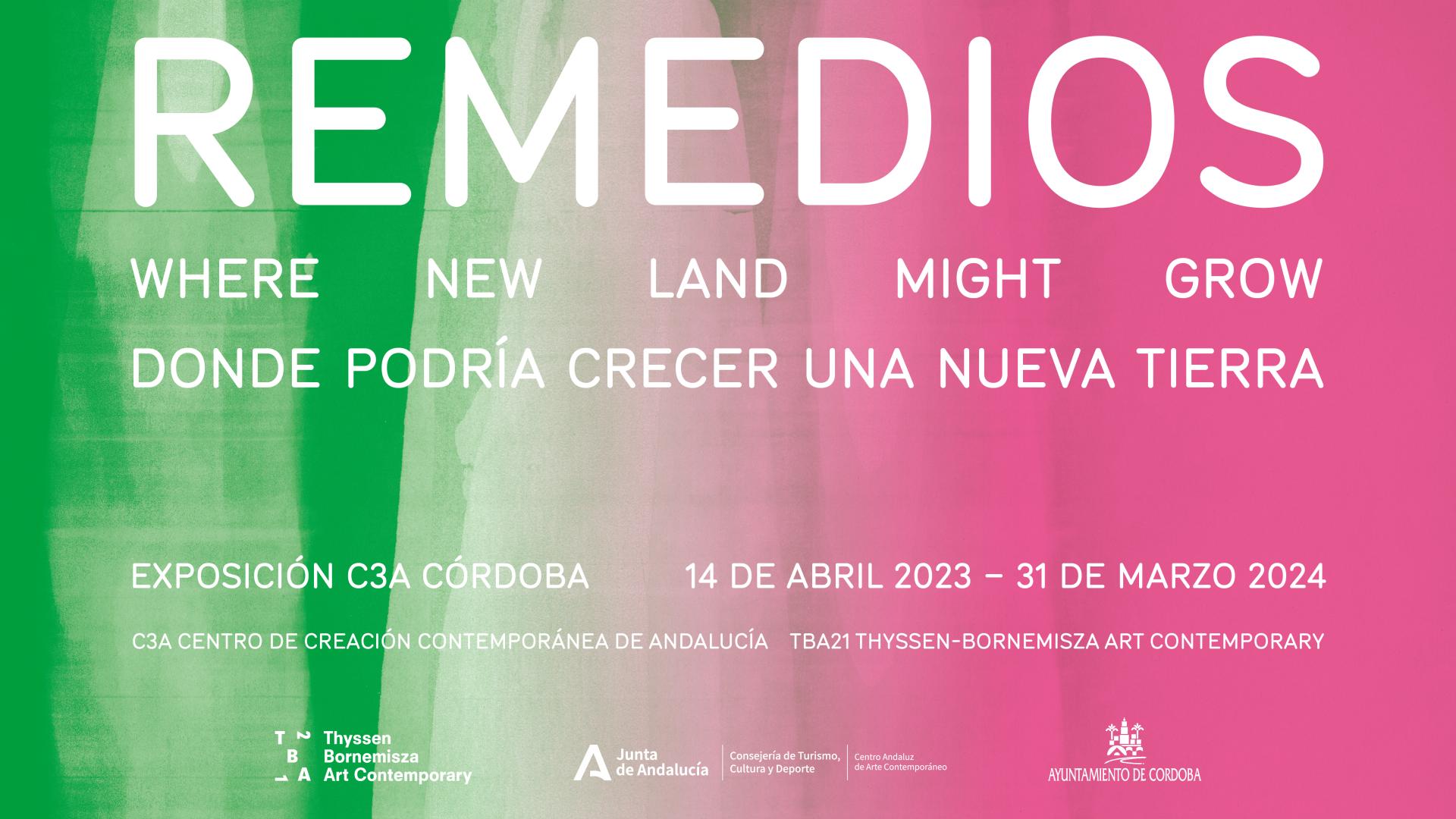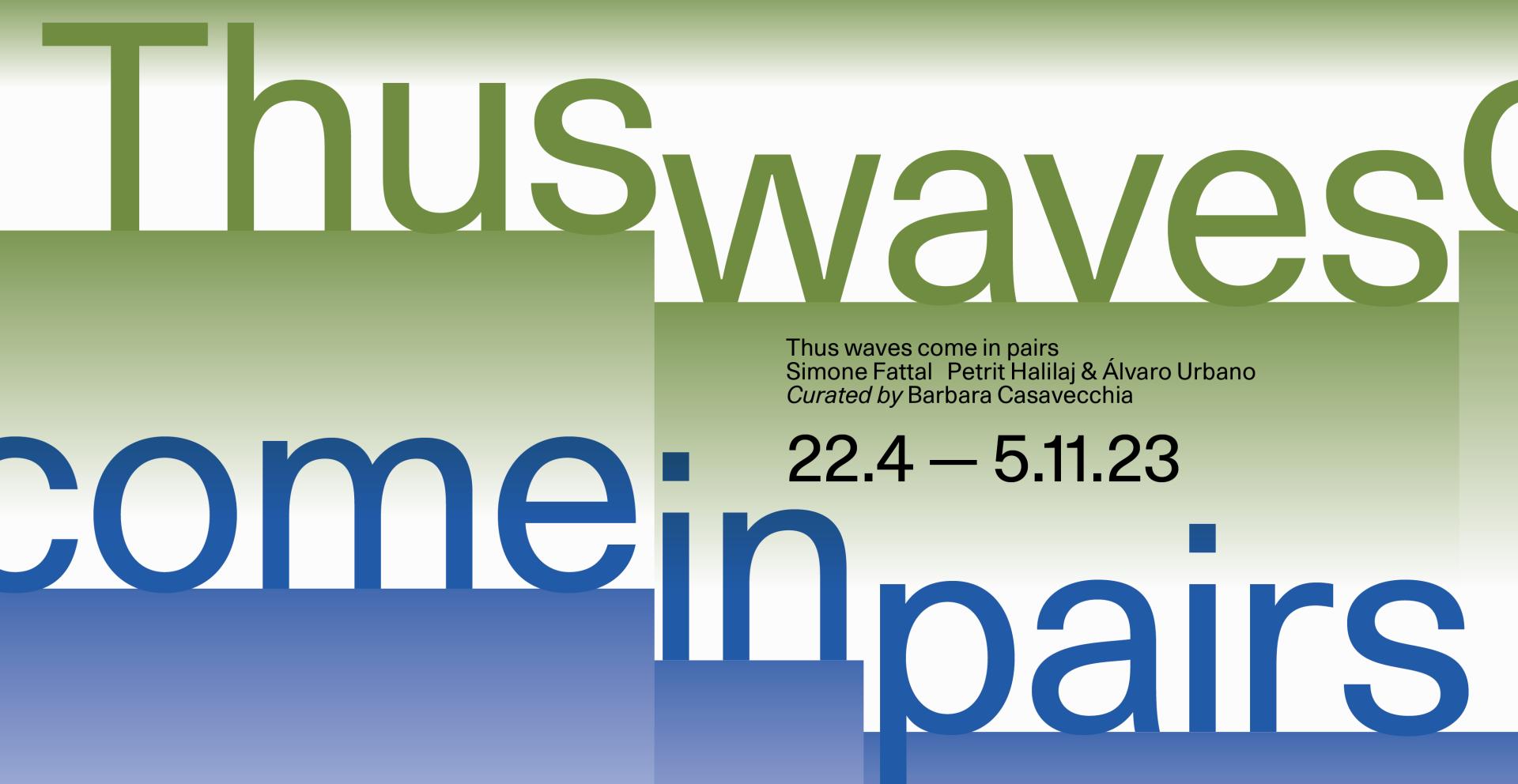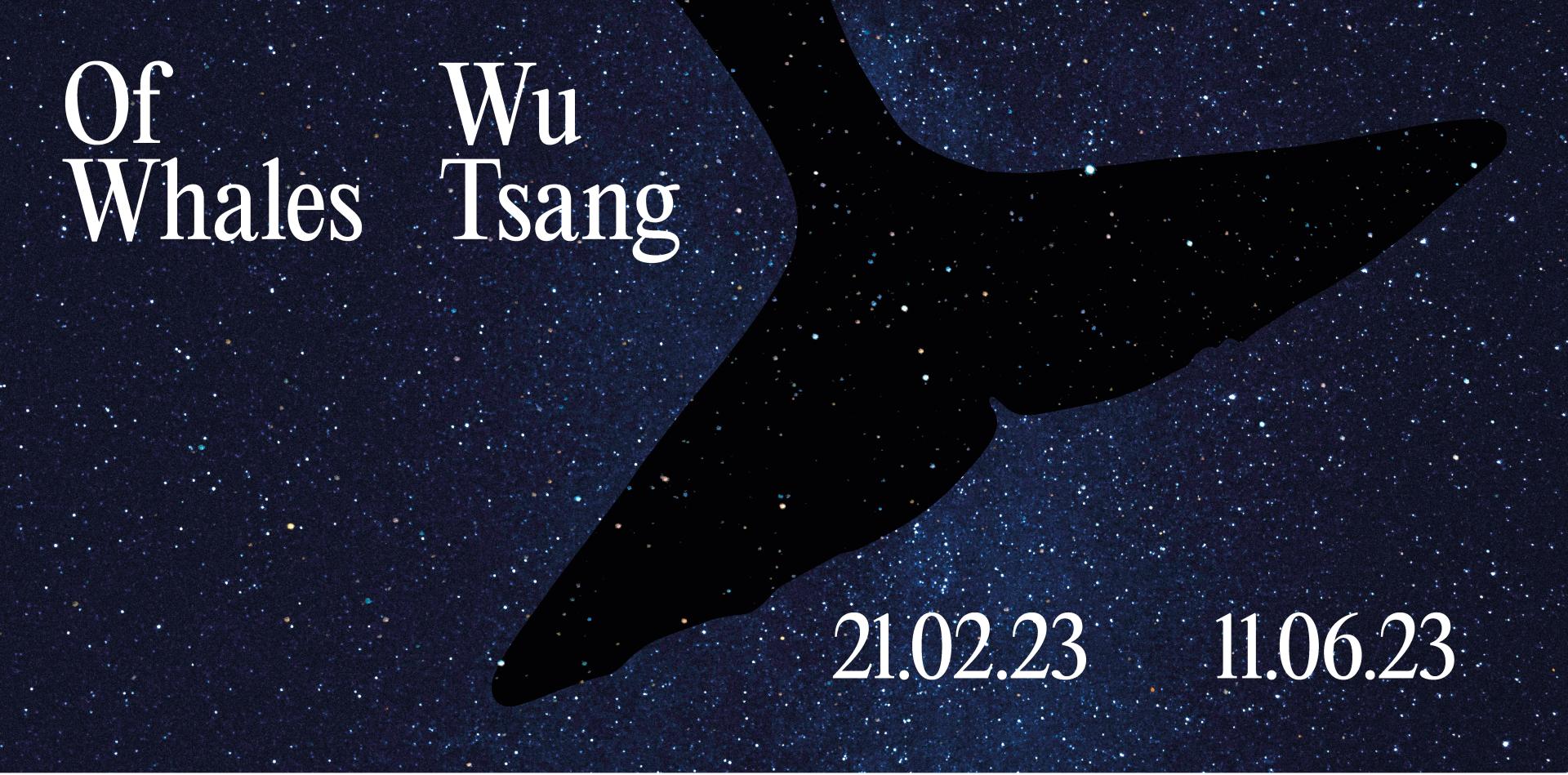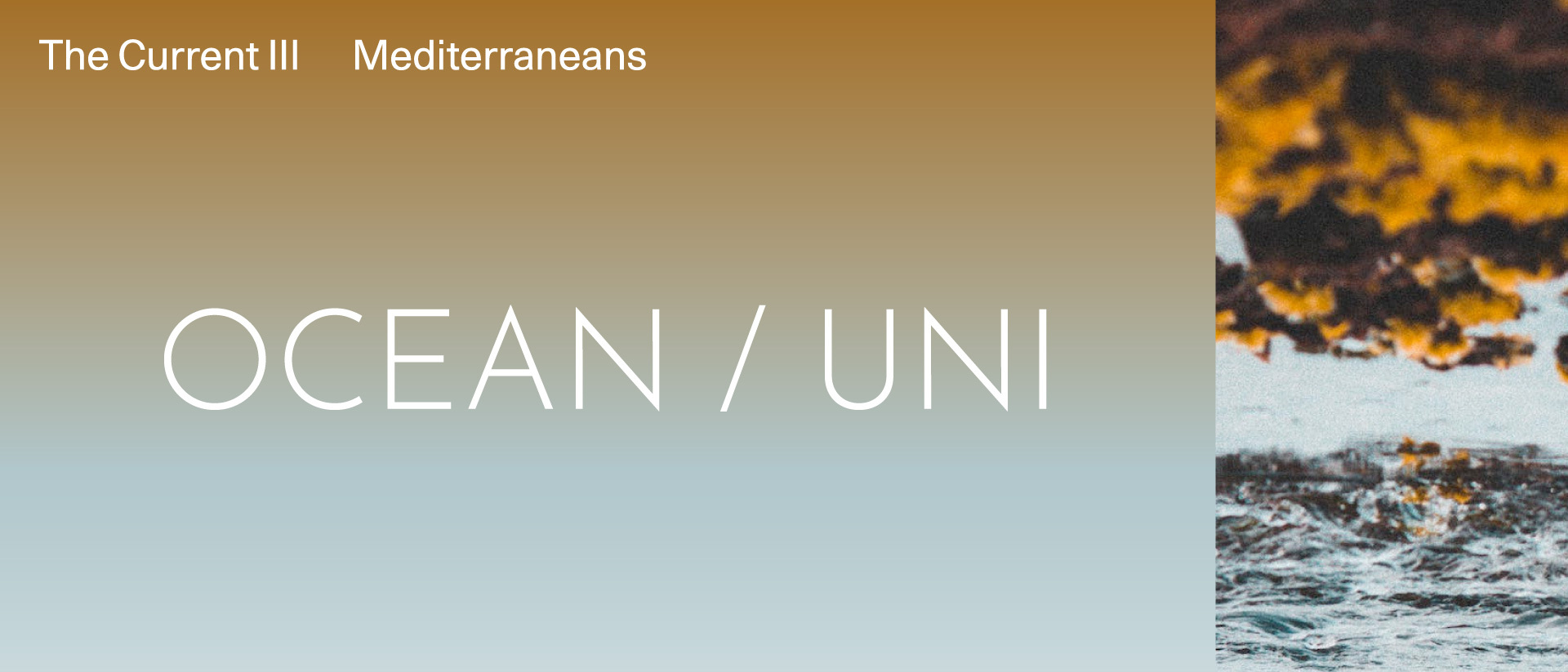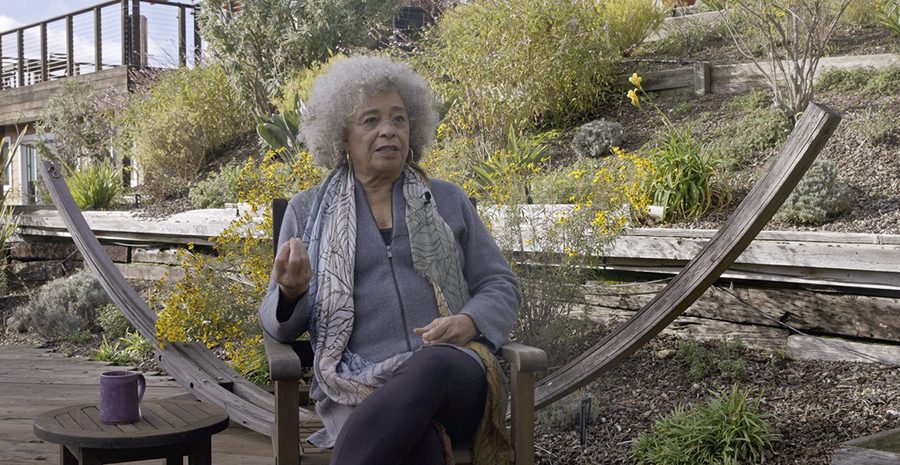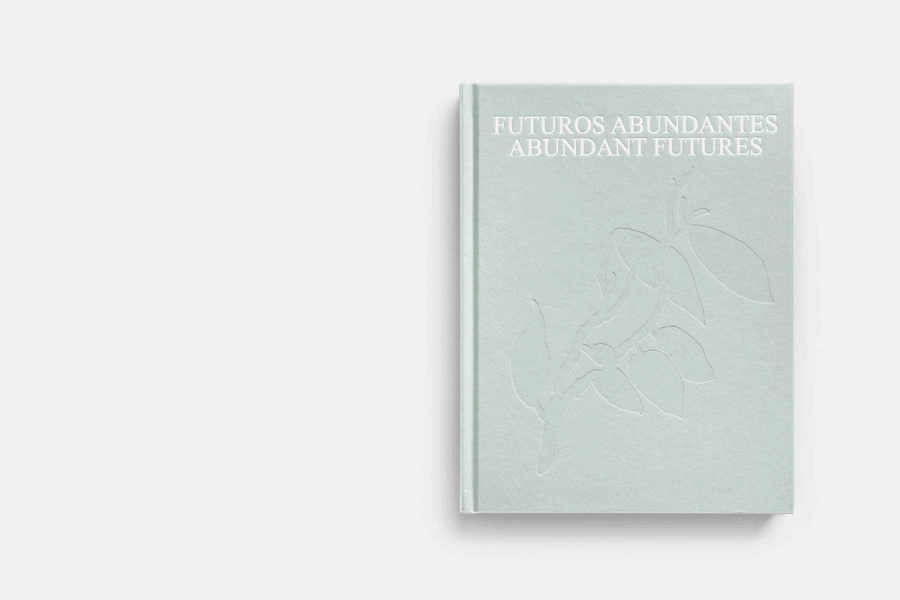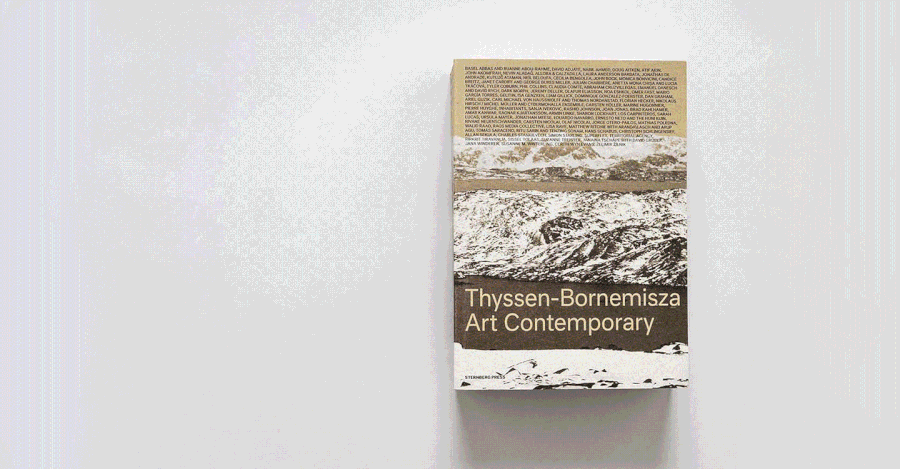Ariana, 2003
Marine Hugonnier

Courtesy the artist
Collection
Single-channel video installation, color, sound
18 min 36 sec
Marine Hugonnier’s works examine the ways in which representation constructs different ideas of landscape and history, asking “how landscape is a social construct; how it shapes and informs history, how it influences the course of events. We have created modes of analysis and perception—tools like photography and cinema—that echoed the expansionist mission of the time; that helped to establish a particular and perceptual point of view. I see landscape as a form of cultural mediation.
Hugonnier’s film Ariana, 2003, details a western film crew’s journey to the Pandjshar Valley in the north east of Afghanistan, eulogized in ancient Persian poetry as an oasis or Garden of Eden, since the impenetrable and lush nature of its landscape surrounded by the, individually unnamed, Hindu Kush Mountain range, have imbued it with a unique history of independence and resistance to the invasions of Soviet and Taliban ideologies.
"To investigate how landscape can determine a region's history, the crew uses a Super 16mm film in its attempt to employ the cinematic convention of the panorama to create a 360-degree view of the entire valley. However, the crew is denied access to the necessary viewpoint due to its strategic value and realizes that attempting to capture a panorama of the valley landscape would constitute a way of controlling it. Panorama, as well as being an historical form of topographic representation, is a structure of the desire for totality- the transformation of the world into a total, unbroken image, with the subject at its center. The satellite image is the apotheosis of this type of overview, and the impetus for its development was the desire for military domination and control.
Having returned to Kabul, the crew obtains permission to shoot a final panoramic view of the city. However, the camera’s panoramic shot homogenizes its subject in opposition to the reality of a city characterized by traces of past and present ideologies existing as disparate and discontinuous elements. Realizing that this homogenizing spectacle gives them a feeling of euphoria and totality, the crew stops filming. Ariana thereby emerges as the ‘making of’ a film that was never made, prompting a process of reflection on ideas of utopia and resistance, western ideas of viewpoint and the ‘panorama’ as a cinematic device and form of strategic overview. The film thus reflexively exposes and questions the tools of cinematic language and images in a broader sense, trying to understand their role in cultural, political and historical conflicts and constructs.
The title Ariana is the name of the airline, homophonous with ‘air’ and resonating with the privative ‘a’ of the a-topia (non-place) that is one side of u-topia. Furthermore, it is the name of a woman, which introduces the practice of naming as the relation of referent to signified, forming a counterpoint to the unnamed Hindu Kush Mountains. If the identification of a place depends on the name, these mountains maintain themselves as ‘no-place’, the ‘uncolonized’ space of utopia, as instigators of the course of history and as witnesses to the successful resistance against the failed political utopias that have elsewhere ruined the country." – the artist
*1969 in Paris, France I Living and working in London, United Kingdom
18 min 36 sec
Marine Hugonnier’s works examine the ways in which representation constructs different ideas of landscape and history, asking “how landscape is a social construct; how it shapes and informs history, how it influences the course of events. We have created modes of analysis and perception—tools like photography and cinema—that echoed the expansionist mission of the time; that helped to establish a particular and perceptual point of view. I see landscape as a form of cultural mediation.
Hugonnier’s film Ariana, 2003, details a western film crew’s journey to the Pandjshar Valley in the north east of Afghanistan, eulogized in ancient Persian poetry as an oasis or Garden of Eden, since the impenetrable and lush nature of its landscape surrounded by the, individually unnamed, Hindu Kush Mountain range, have imbued it with a unique history of independence and resistance to the invasions of Soviet and Taliban ideologies.
"To investigate how landscape can determine a region's history, the crew uses a Super 16mm film in its attempt to employ the cinematic convention of the panorama to create a 360-degree view of the entire valley. However, the crew is denied access to the necessary viewpoint due to its strategic value and realizes that attempting to capture a panorama of the valley landscape would constitute a way of controlling it. Panorama, as well as being an historical form of topographic representation, is a structure of the desire for totality- the transformation of the world into a total, unbroken image, with the subject at its center. The satellite image is the apotheosis of this type of overview, and the impetus for its development was the desire for military domination and control.
Having returned to Kabul, the crew obtains permission to shoot a final panoramic view of the city. However, the camera’s panoramic shot homogenizes its subject in opposition to the reality of a city characterized by traces of past and present ideologies existing as disparate and discontinuous elements. Realizing that this homogenizing spectacle gives them a feeling of euphoria and totality, the crew stops filming. Ariana thereby emerges as the ‘making of’ a film that was never made, prompting a process of reflection on ideas of utopia and resistance, western ideas of viewpoint and the ‘panorama’ as a cinematic device and form of strategic overview. The film thus reflexively exposes and questions the tools of cinematic language and images in a broader sense, trying to understand their role in cultural, political and historical conflicts and constructs.
The title Ariana is the name of the airline, homophonous with ‘air’ and resonating with the privative ‘a’ of the a-topia (non-place) that is one side of u-topia. Furthermore, it is the name of a woman, which introduces the practice of naming as the relation of referent to signified, forming a counterpoint to the unnamed Hindu Kush Mountains. If the identification of a place depends on the name, these mountains maintain themselves as ‘no-place’, the ‘uncolonized’ space of utopia, as instigators of the course of history and as witnesses to the successful resistance against the failed political utopias that have elsewhere ruined the country." – the artist
*1969 in Paris, France I Living and working in London, United Kingdom



